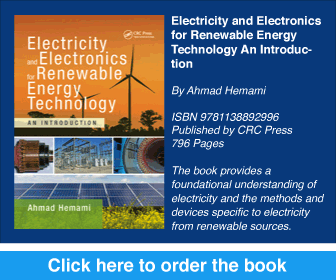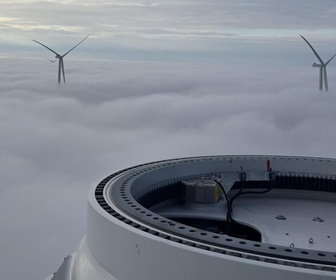Statkraft’s latest annual report on the pace of the global energy transition outlines three possible future scenarios: one optimistic, one delayed, and one marked by international instability. The report concludes that renewable energy — particularly wind and solar — remains central to meeting climate targets and securing energy independence.
In the most ambitious “green” scenario, global warming could be limited to 1.9°C, aligning with the Paris Agreement’s 2°C target, though falling short of the 1.5°C goal. If the current pace of decarbonisation slows, global temperatures could rise by about 2.4°C, leading to severe environmental and economic consequences.
Statkraft’s lead analysts emphasise that renewable energy expansion must accelerate. “Rapid cost reductions for mature technologies such as solar, wind and batteries mean that the bulk of global CO₂ emission cuts are still within reach,” said Håkon Bolkesjø, adding that more flexible energy systems are essential to integrate growing renewable generation.
Head Analyst Mari Grooss Viddal noted that renewables will dominate the global power mix within the next decade. “Solar generation is expected to grow three- to six-fold by 2035, while wind will continue expanding as a key driver of decarbonisation. Together, renewables will exceed 50 percent of global power generation by 2035 and up to 80 percent by 2050.”
The report finds that clean energy investments in 2024 were nearly double those in fossil fuels, with solar and wind now the main technologies supporting electrification in transport, heating, and industry. In Europe, Statkraft sees renewable electricity as critical not only for emission reduction but also for strengthening industrial competitiveness and energy security.
Across all scenarios, the report identifies several key findings:
- Wind and solar are set to become the world’s largest energy sources by 2035.
- Falling battery costs will provide essential flexibility for renewable integration.
- Global electricity use will rise, while overall energy demand will decline.
- Gas will remain part of the mix longer than expected as hydrogen scale-up faces delays.










